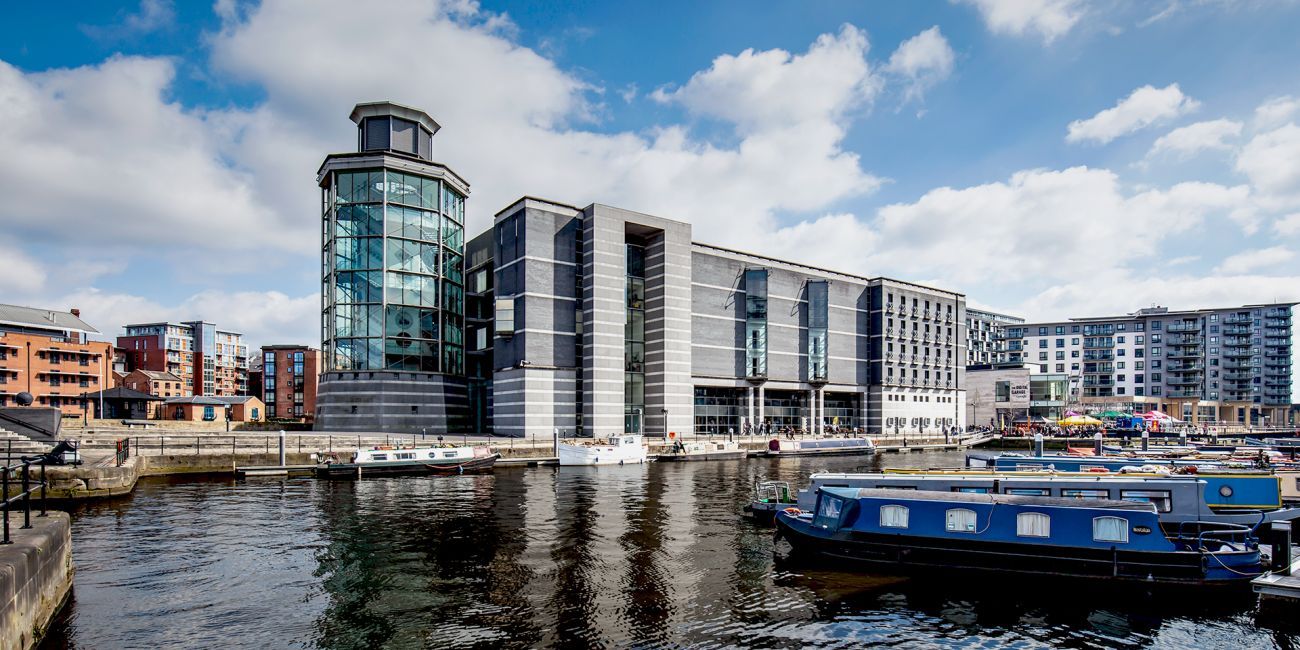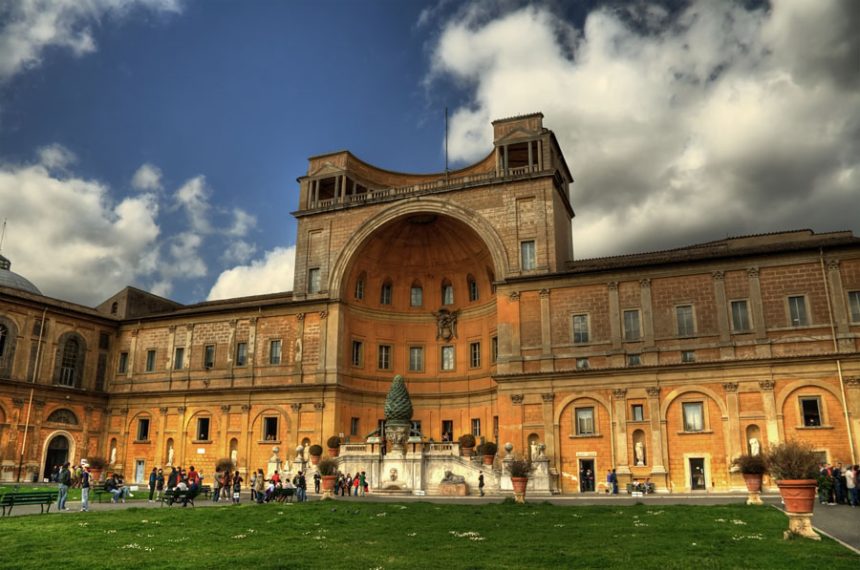While some are historical sites themselves, museums guard the past. Houses relics and stories spanning millennia; these timeless sites provide a window into history. Still, what qualifies as a museum as “old?” It generally concerns the starting point and ongoing operation. The oldest museums around have experienced wars, revolutions, and shifting civilizations while maintaining public access across time, more than just repositories of artifacts. These are everlasting treasures with roots perhaps hundreds, maybe thousands of years; not transient displays or contemporary exhibitions. Imagine myself strolling over the Capitoline Museums, which were founded in 1471 in Rome, where old sculptures murmur stories of the Roman Empire.
Imagine the Royal Armouries in London, established in the fifteenth century and exhibiting armour and weapons first used in mediaeval warfare. Then welcome classics of European art from the 1661 established Kunstmuseum Basel in Switzerland. These hardly top 10 oldest museums in the world. Every one carries a heritage that combines the value of its own past with the great objects it guards. These Italian to Indian groups show that aging is a narrative worth exploring rather than being a number.
The Top Ten Oldest Museums In The World
10. Museo Nacional del Prado (Madrid, Spain)
Founding Date: 1819
The Institution’s 200+ year lifespan is longevity. Opening its doors in 1819 under King Ferdinand VII, the Museo Nacional del Prado ranks among the top 10 oldest museums. Originally designed by King Charles III as a natural history cabinet in 1785, it evolved into a public art museum presenting the Spanish Royal Collection. Considered as a keystone of European cultural preservation, its continuous running for more than two centuries defines it.
The Value of the Collections: Comprising about 35,000 items, including 8,000 paintings, the Prado possesses one of the best collections of European art. Complementing works from Italian and Flemish painters, masterpieces include Velázquez’s Las Meninas, Goya’s The Third of May 1808, and El Greco’s The Nobleman with His Hand on His Chest demonstrate its concentration on Spanish art. Millions of people visit this huge collection every year, therefore confirming its historical significance.
Modern art museums’ layout and goal were shaped by the neoclassical architecture of the Prado and their focus on national art collections. Its emphasis on public access creates a standard for cultural organizations all around by combining aesthetic enjoyment with teaching.
Highlights from museums:
●Diego Velazquez’s Las Meninas
●Hieronymus Bosch’s Garden of Earthly Delights
●Extensive Goya archive
Timeline Chart:
●Public museum opens in 1819
●Building commissioned in 1785
●2007 saw significant completion of major expansion
●National Museum of Fine Arts
9. The Louvre Museum (Paris, France)

Founding Date: 1793
Institution’s lifetime: more than 230 years
Though its beginnings are in the 12th century as a royal palace, the Louvre, a titan among the top 10 oldest museums, started as a museum in 1793. A pillar of historical museums, its change from fortification to public institution during the French Revolution commemorates nearly two centuries of ongoing activity.
The value of the archives: The Louvre is the biggest art museum in the world, housing over 380,000 artifacts including 35,000 on exhibit. Offering an unmatched worldwide narrative, iconic works such the Mona Lisa, Venus de Milo, and the Winged Victory of Samothrace span prehistory to the twenty-first century.
Affective impact on contemporary museum design and culture: By stressing accessibility and thorough curation, the Louvre invented the idea of a national museum available to all, therefore impacting modern museum practice. Added in 1989, its glass pyramid entrance represents the junction of modern design with historical preservation.
Highlights of the museum:
●Mona Lisa by Leonardo Da Vinci
●Egyptian collection of antiquities
●Renaissance Grand Gallery of Art
TImeline List:
●Built as a fortification, 12th century
●Opens as a museum 1793
●1989: The pyramid of I.M. Pei finished
8. Belvedere Museum (Vienna, Austria)

Original Date: 1781
Institution’s lifespan: more than 240 years
Nestled among Baroque palaces in Vienna, the Belvedere became public in 1781. Originally a summer home for Prince Eugene of Savoy, its development into a museum illustrates nearly two centuries of cultural preservation among still functioning old museums.
The value of the archives: Together with pieces by Schiele and Kokoschka, the museum’s collection of Middle Ages to modern Austrian art includes The Kiss by Gustav Klimt. It is a treasure store of cultural legacy since of its emphasis on national identification via art.
Affective influence on contemporary museum design and culture: Emphasizing the combination of atmosphere and exhibitions, the Belvedere’s use of great architecture to house art affected the aesthetic of modern museums. Its contribution to highlighting national legacy motivated regional museums all around.
Highlights of the Museum:
● Klimt’s Kiss: Gustav’s
● Gardens in Baroque palaces
● Medieval Austrian work
Timeline Chart:
● Opens as a museum 1781
● Palace building starts 1717
● 1896: The works of Klimt added
7. The British Museum (London, United Kingdom)

Founding Date: 1753
Institution’s lifespan: more than 270 years
Rising from its founding in 1753 and first accessible to the public in 1759, the British Museum is a lighthouse among ancient sites. Built on the collection of Sir Hans Sloane, it has grown into a worldwide institution over two and a half centuries.
The value of the collections: Comprising more than 8 million pieces, the museum documents human history from prehistoric societies until the present. Among the most outstanding objects providing a whole picture of world civilizations are the Rosetta Stone, Elgin Marbles, and Egyptian mummies.
Influence on contemporary Museum Design and Culture: The British Museum’s encyclopedic approach molded the contemporary museum as a site of universal knowledge. Its Great Court makeover in 2000 and neoclassical architecture show how well tradition and innovation coexist.
Highlights in museums:
● Parthenon sculptures based on Rosetta Stone
● Relief images from Assyrian Lion Hunt
Timeline Chart:
● Act of Parliament founded 1753
● Opens to public 1759
● 2000: Great Court presented
6. The Hermitage Museum (Saint Petersburg, Russia)
Initial Date: 1764
Institution’s lifetime: more than 260 years
One of the top ten oldest museums is the Hermitage, built by Catherine the Great in 1764 and reopened to the public in 1852. Its ongoing running for more than 260 years emphasizes its heritage among still functioning ancient museums.
The Value of the Collections: Comprising more than three million objects, the Hermitage stretches current art from prehistoric relics. Highlights include great Russian collections, Rembrandt’s The Return of the Prodigal Son, and Winter Palace interiors.
Affective influence on contemporary museum design and culture: While the Hermitage’s emphasis on state-sponsored culture affected public access models in Eastern Europe, its opulent setting and great scale influenced the grandeur of modern museums.
Highlights for the museum:
● State Rooms at Winter Palace State
● Madonna Litta by Leonardo da Vinci
Scythian gold objects
Timeline Chart:
●Catherine the Great founded 1764
●Opens to public 1852
●1922: Under Soviet authority expands
5. Ashmolean Museum (Oxford, United Kingdom)

Founding Year: 1683
Institution’s lifetime: more than 340 years
First university museum in the world, the Ashmolean opened at the University of Oxford in 1683. Its more than three centuries of existence clearly rank it among the top 10 oldest still active museums in the world.
Value of the Collections: From Renaissance art to ancient Egyptian relics like the Alfred Jewel and Michelangelo drawings, the museum’s varied collection range is. Its creative and archeological range qualifies it as a scholastic gem.
Influence on Modern Museum Design and Culture:
The Ashmolean pioneered the educational goal of museums by being the first public museum connected to a university, therefore encouraging academic institutions all around to include collections into learning.
Highlights from a museum:
●Mantle Greek ceramic collection of ●Alfred Jewel Powhatan
Timeline Chart:
●Elias Ashmole’s donation in 1677
●1683: Available to the general people
●1894: Finished a new construction project
4. Kunstmuseum Basel (Basel, Switzerland)

Foundation Date: 1661
Institution’s lifetime: more than 360 years
Founded in 1661 upon city acquisition of the Amerbach Cabinet, the Kunstmuseum Basel is among the oldest museums in the global candidates. Its resilience is shown by its constant activity for more than 360 years.
The value of the archives: Comprising paintings by Holbein, Picasso, and Monet, it is home to Europe’s first public art collection. Its emphasis on Renaissance and modern art provides a link between past and present inventiveness.
Influence on Modern Museum Design and Culture: While its compact gallery rooms shaped the design of art-oriented institutions, the principle of civic ownership inspired municipal museums all over.
Highlights of Museum:
● The Body of the Dead Christ by Holbein
● The Poet Medieval Woodcuts by Picasso
Timeline Chart:
● Amerbach Cabinet bought 1661
● Opens to public 1671
● 1936: The wing for modern art expanded
3. Royal Armouries (London, United Kingdom)

Founding Year: 15th Century (public access officially recorded in 1660)
Institutions’ longevity: more than 500 years
Rooted in the Tower of London from the fifteenth century, the Royal Armouries opened to the public in 1660. Its half-millennium of life sets it among ancient museums still running with unparalleled durability.
The value of the Collections: Reflecting Britain’s military past, the world’s oldest national museum of guns and armour stores medieval weapons, Henry VIII’s armour, and ceremonial objects.
Affective influence on contemporary museum design and culture: While its fortitude location shaped the utilization of ancient buildings for exhibitions, its early public access and thematic focus on military legacy affected specialized museums.
Highlights at a museum:
●The tournament armor of Henry VIII
●Elephant armor from India Tower of London exhibits
Timeline Chart:
● The 15th century: Collection starts in 1660
● Public access
● 1996: Royal Armouries 2 location built in Leeds.
2. Vatican Museums (Vatican City)

Founding Date: 1506
Institution’s lifetime: more than 500 years
Founded in 1506 with the exposition of the Laocoön and His Sons by Pope Julius II, the Vatican Museums have grown for more than five centuries. This lifetime guarantees their ranking among the top 10 oldest museums.
With 70,000 items ranging from Renaissance art to Roman sculptures to Michelangelo’s murals in the Sistine Chapel, the Vatican Museums help to preserve a great religious and classical legacy.
Influence on Modern Museum Design and Culture: While its worldwide appeal developed the idea of destination cultural sites, the Vatican’s integration of art inside holy areas encouraged theme museum layouts.
Highlights from the museum:
● Laocoön and His Sons
●Sistine Chapel ceiling
●Rooms in Raphael
Timeline Chart:
● 1506: Started with a sculpture exhibition
● Pope Clement XIV expanded 1771
● Modern entrance added 1973
1. Capitoline Museums (Rome, Italy)
Foundation Date: 1471
Institution’s lifetime: more than 550 years
Established by Pope Sixtus IV in 1471, the Capitoline Museums assert to be the oldest still functioning museum in the world. Rising on Capitoline Hill in Rome, their more than 550 years of continuous existence make them the height of historical museums.
The Value of the Collections: Offering an unparalleled view of Rome’s fundamental past, the museums hold ancient Roman objects including the Capitoline Wolf, the Dying Gaul, and medieval art. Their public opening in 1734 represented a turning point since it was the first museum in the modern sense in the globe.
Affective influence on contemporary museum design and culture: Pioneers of the public museum idea, the Capitoline Museums encouraged worldwide institutions to give accessibility a priority. Michelangelo’s piazza design established a benchmark for how well architecture might be combined with displays.
Highlights from a museum:
● Capitoline Wolf Equestrian Statue of Marcus Aurelius
● Roman inscriptions collection
Timeline Chart:
● Founded on bronze donations, 1471
● 1734: Available to the general public
● 1870: Under city control
Capitoline Museums.




